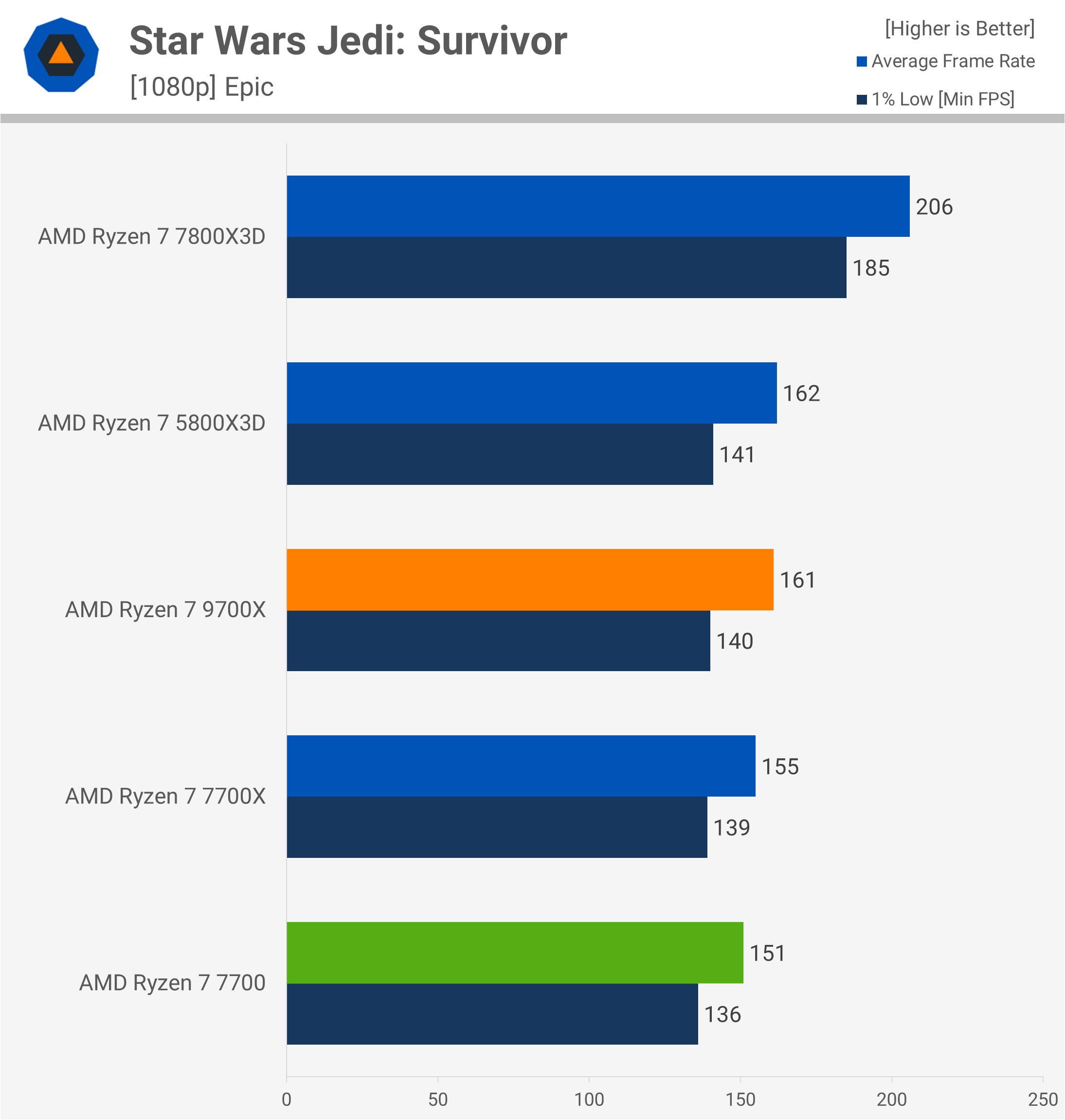In a move showing yet further progress in the field of generative AI being capable of simulating existing (copyrighted) games, the "DIAMOND" Diffusion for World Modeling model has now been showcased simulating Counter-Strike: Global Offensive, trained and played off a single RTX 3090 (at 10 FPS). One of the people working on the project, Eloi Alonso, posted footage of this CS:GO "world model" being run in a thread on Twitter, including plenty of disclosure on the involved glitches, of which there are many.
Ever wanted to play Counter-Strike in a neural network?These videos show people playing (with keyboard & mouse) in 💎 DIAMOND's diffusion world model, trained to simulate the game Counter-Strike: Global Offensive.💻 Download and play it yourself → https://t.co/vLmGsPlaJp🧵 pic.twitter.com/8MsXbOppQKOctober 11, 2024
While a responsible enthusiast should be critical of the implications posed by AI technology implemented in this way, it's undoubtedly an impressive technical achievement on the part of Eloi Alonso and the rest of the people who worked on the "DIAMOND" diffusion model to effectively "port" CS:GO to AI by training a single GPU with enough Dust II Deathmatch footage to "teach" the diffusion model the game. The glitches are all fascinating in their way, too, showing us some of the logistical shortcomings of generative AI technology that is still ultimately guessing correct player/game behavior, not running it within a game engine.
Of the glitches showcased by Alonso, one of the most interesting by far relates to jumping. Players can jump infinitely within this AI simulation of CS:GO because the model views pressing the button as having a fixed reaction (moving on the Y axis by a set amount) rather than being ruled by Source Engine's gravity or collision detection. This also allows for other strangely dreamlike "hallucinations," including weapons morphing in certain lighting conditions and even the ability to phase or teleport through particular walls.
There are still many limitations of our model. We’re sure you can find more yourself by interacting with the model.However, we expect the world model would continue to improve by scaling up data and compute, given our dataset only amounts to 87h of gameplay.(4/n) pic.twitter.com/EnqWiveUFLOctober 11, 2024
Instead of roughly simulating a GPU's dream of Counter-Strike, you can install Counter-Strike 2 for free on Steam today and play it well above 60 FPS on gaming GPUs much cheaper than an RTX 3090. But as a technical demo for the RTX 3090's onboard AI hardware training and running a diffusion model all on its lonesome, this "port" of CS:GO's Dust II into a diffusion model is still quite enjoyable. Hopefully, the game industry doesn't make the absolute worst of these technical advancements in morally, legally, and ethically dubious ways.

 5 days ago
8
5 days ago
8






:quality(85):upscale()/2024/10/17/848/n/1922729/9dece426671163b35dcb11.60305022_.jpg)


 English (US) ·
English (US) ·